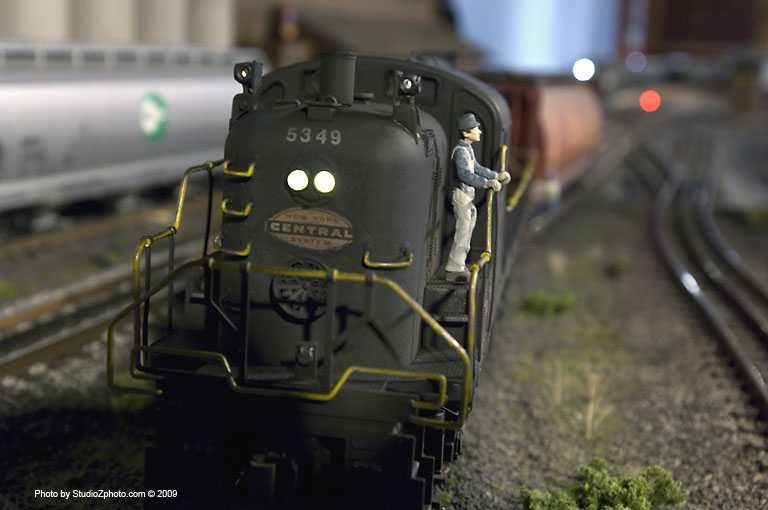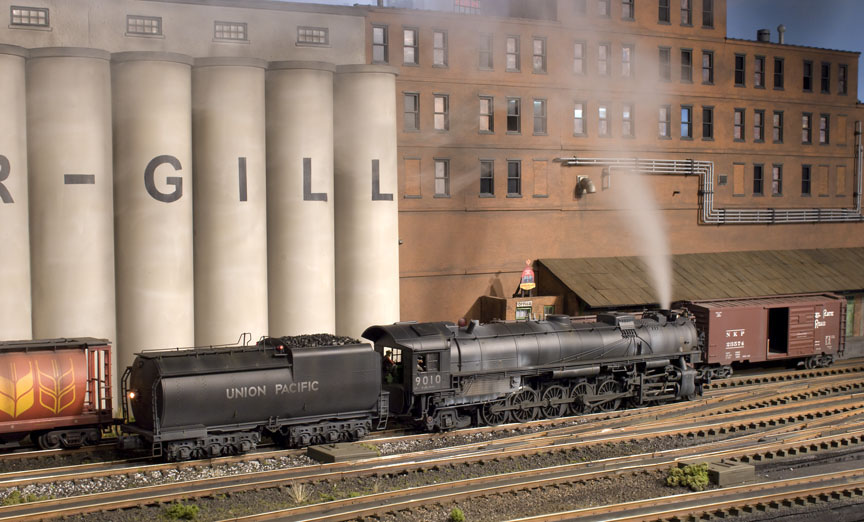I am currently building my layout with Atlas track. Both products have been plagued with availability problems. Here is my take on both.
Atlas Pros: Realistic tie spacing, larger variety of curve radii and turnouts, used track often available.
Atlas Cons: Crazy expensive if new (40" Rigid or Flex track now retails for $25, street price is $20), more difficult to bend flextrack, some older turnouts have inadequate power jumpers
Scaletrax Pros: Lower cost, flextrak is easy to bend, rails are closer to scale, center rail is less visible
Scaletrax Cons: Tie spacing too wide, less variety of curves and turnouts
Realistic appearance was my biggest priority, and I would have been happy with either choice. The deciding factor was that I was able to buy a large amount of used Atlas track at a steep discount.
The wider tie spacing is only apparent when you view Scaletrax from over head. Ballasted and at normal viewing angles, you really can't tell. See Rich Battista's website for pictures.
The problems with Atlas track are more of a learning curve than a problem. I was able to bend flextrack to O72. I cut 3 grooves in a pair of 3 1/2 cutoffs from a 2x4 stud to grab the track with. This made bending and holding much easier. I held it in place with the block and drove the track screws. You have to be careful not to drive the screws too deep or you will pull the tie off the rail. If a rail joint falls on a curve, I cut the rail ends even, added the tie end strips and drove 2 screws in them. Then I added the new flex track section but did not bend it until I drove 2 screws in the end ties. Now I could bend the rail without a kink in the joint.
For older switches, I add a wire feed to each center rail piece (4 of them) in case the jumpers fail. This is easier to do at the bench now, rather than crawling around on a completed layout to troubleshoot and add feeds.
I run both 2 rail and 3 rail rolling stock without any problems on O72 and #5 Atlas switches.
Bob

































